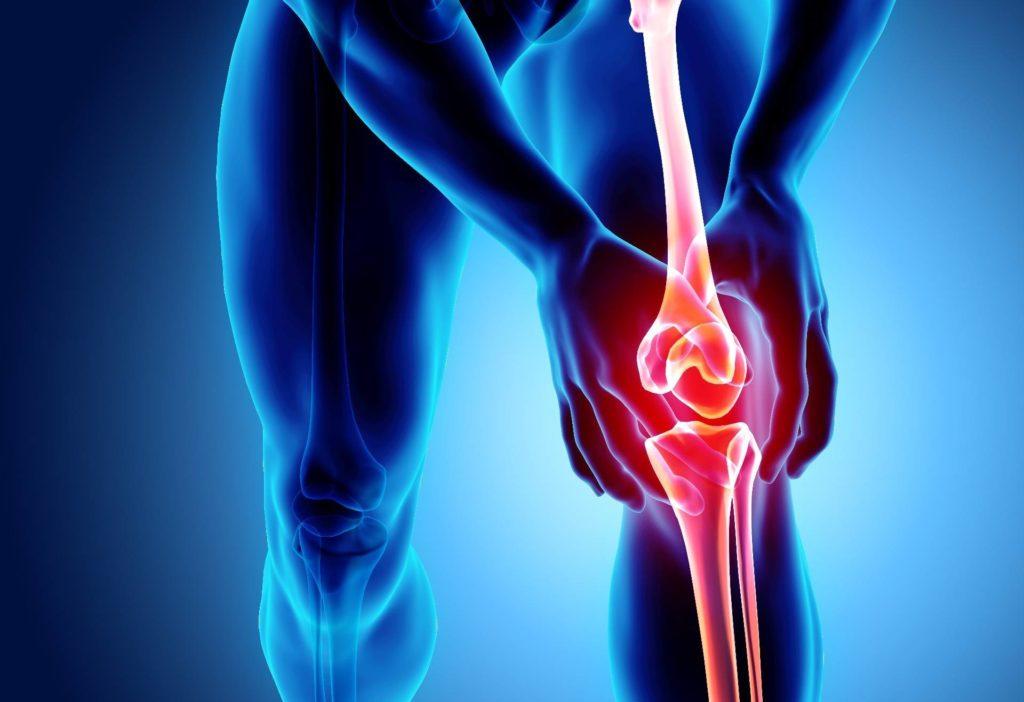Reclaim Your Mobility: A Guide to Understanding and Overcoming Knee Pain
Knee pain. Two words that can mean discomfort, limitation, and lost freedom. From a dull daily ache to sharp, sudden stabs, knee issues are among the top reasons people lose mobility at any age.
But knee pain isn’t a life sentence. With the right knowledge, smart habits, and a proactive mindset, many people can reduce pain and restore movement. This guide offers practical, evidence-based steps — no hype, no miracle cures — just clear, realistic ways to take back control.

1. Understanding the Knee: A Complex Joint at Work
The knee is more than just a hinge; it’s a marvel of biomechanics. It connects the thigh bone (femur) to the shinbone (tibia), stabilized by ligaments, cushioned by cartilage, and powered by muscles.
Its complexity makes it incredibly flexible — but also vulnerable. Every time we walk, climb, lift, or pivot, our knees absorb impact and bear weight, making them susceptible to wear, tear, and trauma.
2. Common Causes of Knee Pain
Understanding what’s behind your pain is the first step toward addressing it effectively. Here are some of the most common culprits:
- Osteoarthritis: The most common form of arthritis, involving the gradual wear of cartilage.
- Patellofemoral pain syndrome: Often called “runner’s knee,” this affects the area around the kneecap.
- Tendonitis: Inflammation of tendons, usually due to overuse.
- Bursitis: Inflammation of fluid-filled sacs that cushion the knee joint.
- Ligament injuries: Especially common in athletes (e.g., ACL tears).
- Meniscus tears: Can happen due to twisting motions or degeneration over time.
Each condition has different causes, symptoms, and solutions — making accurate diagnosis crucial.
3. Spot the Signs: When to Pay Attention
Mild knee pain can often be managed at home, but some signs signal a more serious issue:
- Persistent swelling or heat
- Inability to fully extend or flex the knee
- A popping sound followed by severe pain
- Instability or “giving way”
- Pain lasting longer than a week without improvement
Ignoring these signs may lead to long-term damage or delayed recovery.
4. Diagnosing Knee Pain: What Happens in a Clinic
If your symptoms persist or worsen, seeing a healthcare provider is essential. Here’s what a typical diagnostic process might involve:
- Medical history: Your doctor will ask about symptoms, activity level, and injury history.
- Physical examination: Includes testing your range of motion, strength, and swelling.
- Imaging: X-rays, MRI, or ultrasound may be used to assess internal structures.
- Lab tests: Sometimes blood tests are used to rule out infections or autoimmune conditions.
The goal isn’t just to name the condition — it’s to understand what’s causing the problem so it can be effectively addressed.
5. Short-Term Relief: Effective At-Home Strategies
For most people, the initial goal is to manage pain and reduce inflammation. Here are proven methods:
- R.I.C.E. method: Rest, Ice, Compression, and Elevation — especially useful within the first 48 hours of injury.
- Over-the-counter NSAIDs: Such as ibuprofen or naproxen, can reduce pain and swelling.
- Gentle mobility exercises: Light movements can prevent stiffness.
- Heat therapy: Useful for chronic pain once the swelling subsides.
These approaches can provide relief, but they’re only part of the equation.
6. Long-Term Management: Building Strength and Mobility
To truly address knee pain, you need to look beyond short-term fixes and focus on stability, strength, and flexibility:
- Physical therapy: Tailored exercise programs that strengthen the muscles supporting the knee.
- Low-impact activities: Swimming, cycling, and elliptical workouts protect the joint while improving fitness.
- Stretching routines: Targeting the hamstrings, calves, and quads can improve alignment and mobility.
- Balance training: Helps prevent future injuries by enhancing neuromuscular control.
Consistency is key. These methods are not quick fixes — they’re foundations for lifelong mobility.
7. Nutrition and Weight Management: The Overlooked Keys
Every extra pound of body weight adds approximately four pounds of pressure on the knees. Maintaining a healthy weight is one of the most effective ways to reduce stress on your joints.
- Anti-inflammatory diet: Incorporate foods rich in omega-3s, antioxidants, and fiber.
- Stay hydrated: Joint tissues rely on water to stay flexible and lubricated.
- Limit processed sugars and refined carbs: These can trigger systemic inflammation.
What you eat doesn’t just impact your waistline — it shapes your mobility future.
8. Footwear and Posture: The Foundation of Movement
Foot mechanics and posture play a surprising role in knee health. Misaligned feet or poor posture can create imbalances that strain the knees.
- Supportive footwear: Especially if you stand or walk often.
- Orthotics: Custom insoles can correct gait issues.
- Standing and sitting posture: Avoid locking knees, slouching, or sitting for long periods without movement.
Small adjustments can make a big difference over time.
9. Alternatives and Complementary Approaches
While mainstream methods are foundational, some individuals find relief in complementary approaches:
- Acupuncture: May reduce inflammation and stimulate endorphins.
- Massage therapy: Relieves muscle tension around the joint.
- Chiropractic care: Can improve joint alignment in some cases.
- Topical creams: With menthol, capsaicin, or arnica may offer temporary relief.
It’s important to use these methods in conjunction with medical advice — not as replacements.
10. When to Consider Surgery
Surgery is not always necessary, but in some cases, it may be the best route to reclaim mobility:
- Arthroscopy: Minimally invasive; often used to repair torn meniscus or cartilage.
- Partial or total knee replacement: Reserved for severe osteoarthritis or injury.
- Realignment procedures: To shift weight away from damaged areas.
If surgery is recommended, ask detailed questions about recovery time, success rates, and alternatives.
11. Preventing Knee Pain Before It Starts
Prevention is powerful. Here are practical tips for protecting your knees:
- Warm up before exercise, cool down after
- Build leg strength gradually and evenly
- Cross-train with low-impact activities
- Wear appropriate shoes for each activity
- Avoid repetitive strain or sudden changes in activity levels
- Maintain flexibility in hips, hamstrings, and calves
Even small habits can make a big difference over time.
12. Finding the Right Help: What to Look For in a Specialist
Choosing a professional to guide your recovery is important. Look for:
- Licensed physical therapists or orthopedic specialists
- Experience with your specific issue
- A clear, step-by-step treatment plan
- Willingness to listen and answer your questions
Second opinions are valid — trust is key in any healing process.
13. Frequently Asked Questions
Q: Is it okay to exercise with knee pain?
A: Yes — but with guidance. Low-impact movement is often beneficial, but the wrong exercises can worsen the problem.
Q: Can knee pain go away on its own?
A: Mild strains may heal naturally, but persistent or recurring pain should be evaluated.
Q: Are supplements like glucosamine helpful?
A: Evidence is mixed. Some people report benefits, but they should never replace a comprehensive approach.
Q: Is running bad for your knees?
A: Not necessarily. Proper form, good footwear, and cross-training can make running safe for many people.
14. Final Thoughts: Mobility Is Power
Knee pain can feel like it’s stealing your life one step at a time. But with the right knowledge, small consistent actions, and the courage to seek help, it’s possible to reclaim your freedom of movement.
You don’t need to accept stiffness, swelling, or limited mobility as inevitable parts of aging or past injuries. This guide is a starting point — a foundation to help you take control of your joint health and your future.
Mobility is more than movement — it’s independence, confidence, and quality of life. Your knees carry you through life. Take care of them, and they’ll take you farther than you think.










